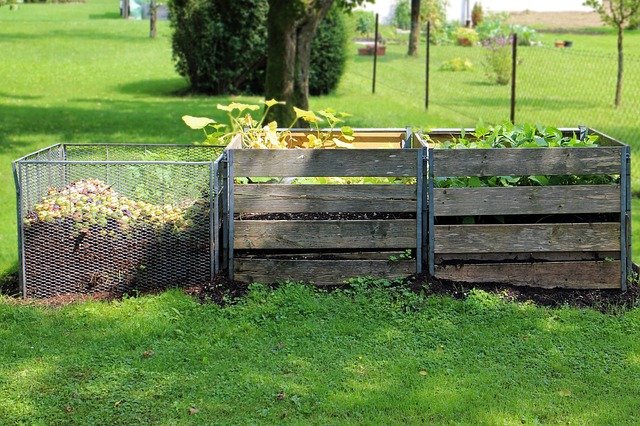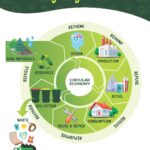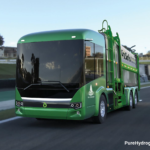A Beginner’s Guide to Composting

Starting your own compost bin is a great way to reduce the amount of waste that ends up in Australia’s landfills, while allowing you to reap the many rewards that it can bring.
Composting is a process in which micro-organisms break down our food scraps into a more stable form. The process reduces methane emissions during the break down of organic matter. The micro-organisms, when exposed to enough oxygen and water, will break down the food waste so it leaves behind rich, moist and healthy compost – perfect for your garden! Compost also does a good job at supressing weeds, meaning that you won’t have to use weed killers to do the same job. This means you won’t be causing any runoff of harmful chemicals into the environment from weed killers. As a rich resource for your garden, a well-managed compost system will have you saving big on fertilisers and manures as well! Here’s how you can get started.
Find a good spot for the compost bin
Try to find a warm spot for your compost bin to sit, because the warmer the location, the quicker the compost will work. To make it convenient for your use, keep the bin in a spot where you can easily access it from the kitchen, so it can easily be filled and emptied when needed. Ideally, you want the compost bin to also be placed on top of bare soil, as they can leak liquid below them too.
Know what to compost
There are two main categories that your compostable organic waste will fall under – green waste and brown waste. Green waste includes things like scraps from fruits and veggies, bread, rice, egg shells, coffee grounds and filters, tea bags, manure, grass clippings, and other plants. Brown materials will be things like dried leaves, soil, straw, twigs, shredded cardboard, and paper, including newspaper.
Start to fill up your compost bin
Start with a layer of brown waste that’s mostly made up of dried leaves and twigs. Water the mix thoroughly to encourage bacteria growth to begin the breakdown process. The second layer should be about the same thickness as the first, but this time, will consist of green waste such as plant clippings and other plant wastes. After this, add another layer of brown waste, then green waste, remembering to water the mixture. Now you can finish off by adding some kitchen scraps, and then covering it with a layer of brown material. Optionally, you can add in a layer of soil between the other layers. This will essentially kick start the composting process by introducing more micro-organisms into the mix.
You’ll know it’s ready to use for your garden when it looks like rich, dark soil that easily breaks up!
While it’s a common belief that having a compost bin will attract pests, there are some simple steps you can implement to make sure that pests are kept away from your compost bin and your home. For example, avoid composting meats, and ensure that the bin has a lid on top.
For information about our waste management solutions, call Solo Resource Recovery at 1300 46 76 56 or contact us via our website. Our team members are always happy to help you find optimal waste management plans to suit your needs, that are reliable, safe and sustainable.
Related Posts

Published: December 15, 2023
The Right To Repair Movement Is Alive And Well In Mullumbimby!
Read more
Published: November 29, 2023
Embracing the Circular Economy: A Comprehensive Guide to the 7Rs
Read more
Published: October 17, 2023